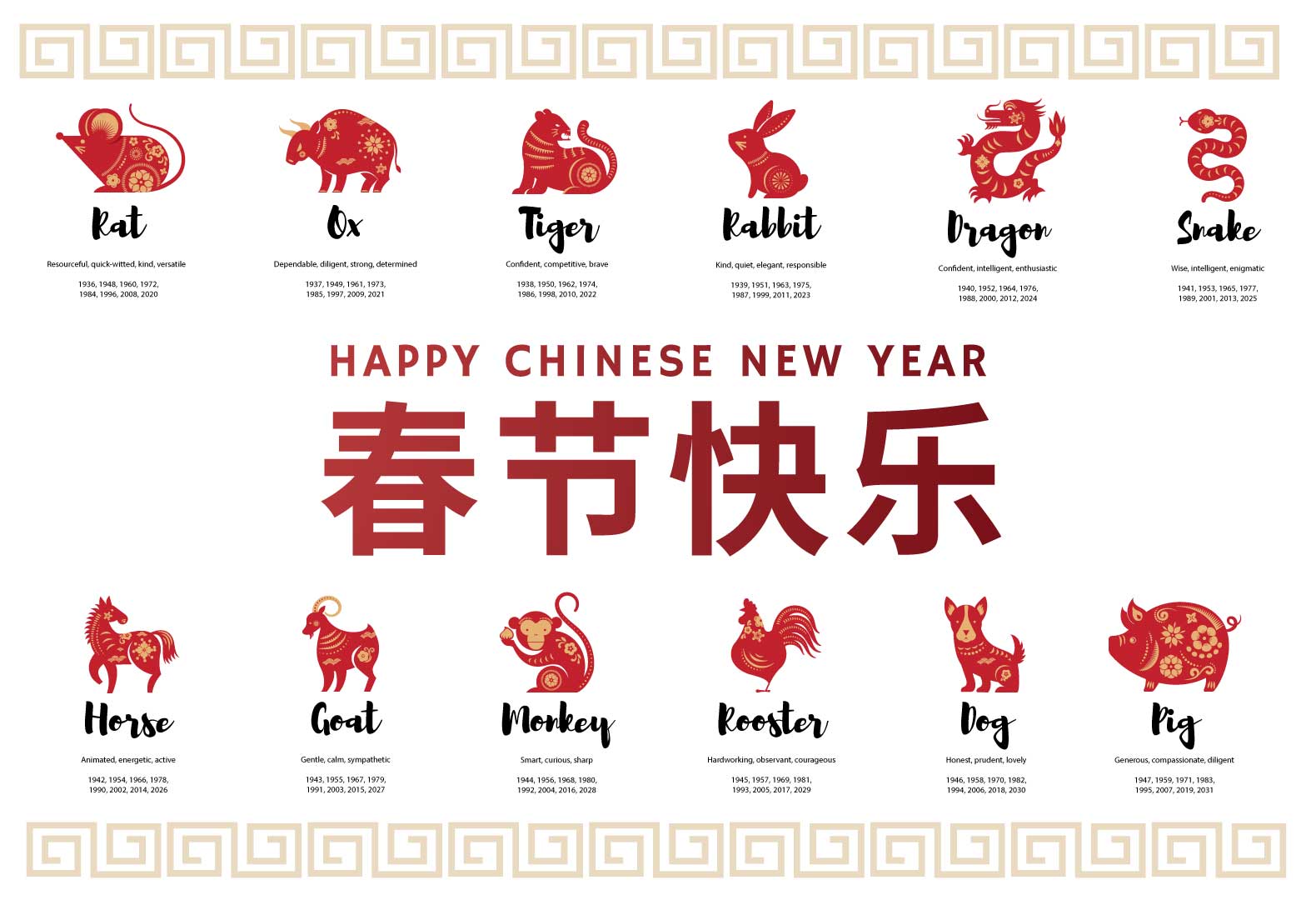

22 will usher in the Year of the Cat instead. However, the animal associations of the zodiac can vary: In Vietnam, Jan. The cycle takes 60 years to complete, so 60th birthdays across East Asia are times for special celebrations. 22 corresponds to the rabbit, and also to the element of water and the feminine yin force. In most parts of East Asia, the new year that begins on Jan. Even the animal associated with the year can vary. While this lunisolar calendar brings people together, different countries and cultures have their own legends and customs surrounding the New Year. The lunisolar calendar that developed in China combines two categories: 12 earthly branches, each of which corresponds to an animal, and 10 heavenly stems, each of which corresponds to one of the five elements – fire, water, wood, metal and earth – and either the feminine yin or masculine yang force. The Gregorian calendar is the solar calendar used today in most parts of the world, including the United States.Īs a scholar of East Asian religions, I am familiar with the wide range of lunar and lunisolar calendars used in different religions and cultures, and especially with the religious significance of the East Asian lunisolar calendar. This means that the date of the Lunar New Year in the Gregorian calendar changes from year to year but always falls in January or February. While this calendar is sometimes just called “lunar,” it adds an extra month every few years to stay in sync with the solar cycle, so it’s technically lunar and solar, or lunisolar. Tibetan and Mongolian cultures follow a similar calendar that will start the Year of the Rabbit about a month later, on Feb. The Lunar New Year is sometimes called the Chinese New Year, because it follows a calendar that was developed in China but it is also celebrated in various parts of Asia, such as Korea and Vietnam. In the New York City public school district, Lunar New Year has been observed as a school holiday since 2015. 22, 2023, more than a billion people globally will welcome the Year of the Rabbit – or the Year of Cat, depending on which cultural traditions they follow – as the start of the Lunar New Year. At Babylon the ceremonies lasted 2 weeks with numerous rites including a procession of gods to Marduk’s temple.On Jan. At Babylon, Erech and Ur, as at Assur, Nineveh and Calah, the New Year Festival (akitu) was the most outstanding, held in the spring, but not exclusively, and with varying practices at different centres and periods. Festivals Most cities and temples had their own distinctive festivals and sacred days. Mesopotamian texts show festival and New Year celebrations too. The ancient Babylonians celebrated Aiktu, the Babylonian New Year and brought out the 7 tablets of creation, celebrating Marduk defeat of Tiamut and the creation of the universe. As various dynasties rose and fell throughout Chinese history, the calendar was revised and rewritten until it evolved into the Chinese calendar we know today during the late Ming dynasty(opens in new tab) in the 17th century." During this period, the beginning of the new year was set as the day of the last new moon that occurred prior to the winter solstice. The first lunisolar calendars in China were established during the Zhou dynasty (1046 BC – 256 BC). (Leap years have between 383 and 385 days.) China uses the Gregorian calendar for most civil and governmental purposes, while the traditional Chinese calendar is used for holidays and festival dates. "Most years in this calendar system, known as a lunisolar calendar, are between 353 and 355 days long. Follow us, or on Facebook and Instagram. The holiday also sees the largest annual human migration on Earth, during which billions of people worldwide travel to their ancestral homes to celebrate with family.įollow Brett on Twitter at. Traditional gifts include hongbao, or "red envelopes," which are typically stuffed with cash.
#Chinese lunar new year animals full
In China, families typically gather together for a 16-day celebration full of feasting, fireworks and gift-giving. Today, Lunar New Year is celebrated worldwide with a variety of traditions. As various dynasties rose and fell throughout Chinese history, the calendar was revised and rewritten until it evolved into the Chinese calendar we know today during the late Ming dynasty in the 17th century.

#Chinese lunar new year animals Patch
Dragons Star on Mission Patch for China's 1st Crewed Space Docking China's Yutu 2 rover still rolling after nearly 4 years on moon's far side


 0 kommentar(er)
0 kommentar(er)
